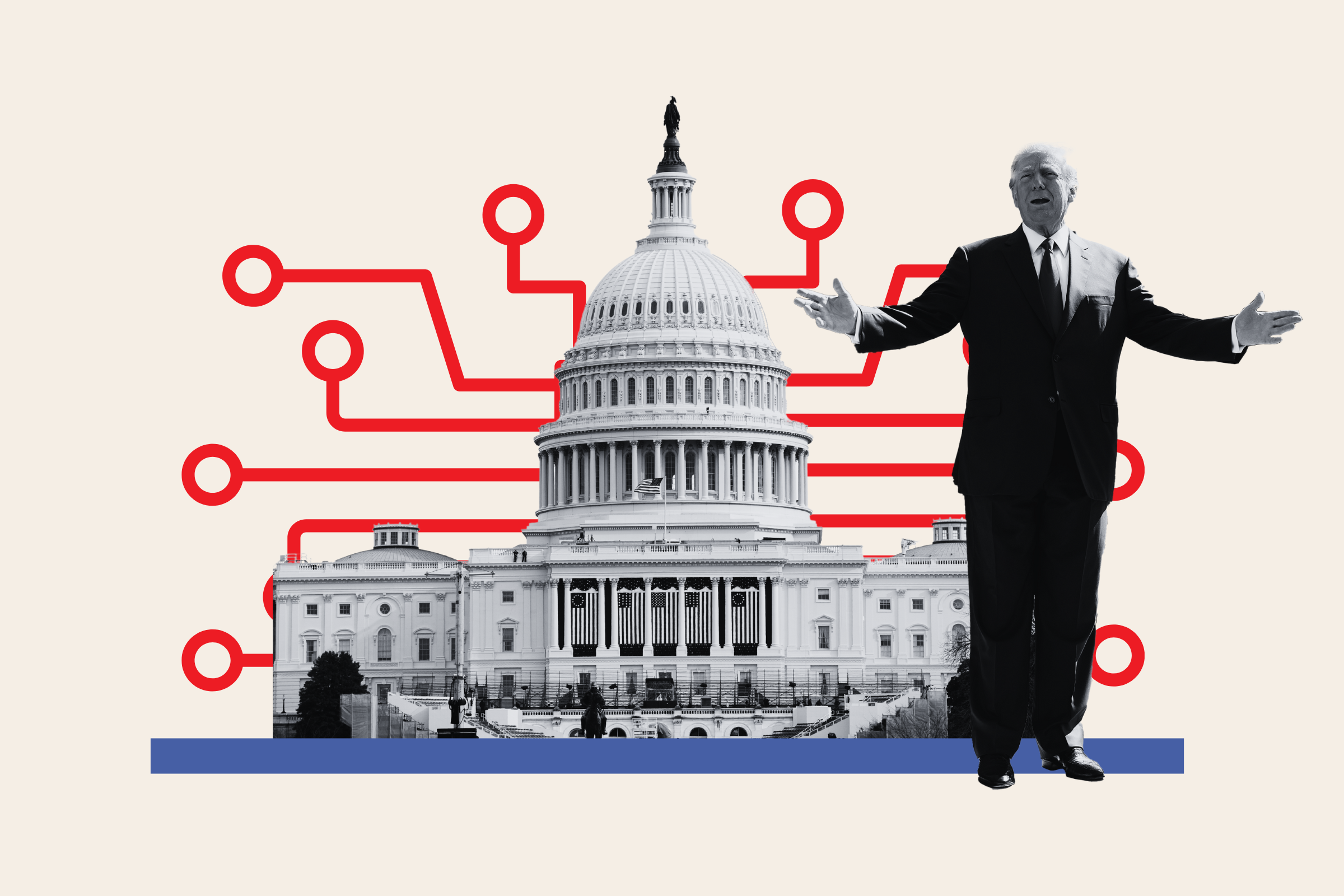- Microsoft has finally launched its controversial Recall AI feature after addressing the privacy concerns that initially held it back.
- It’s now available to Windows Insider users in the Dev Channel (Build 26120.2415).
- This preview of Recall AI is rolling out exclusively to Qualcomm-powered Copilot Plus PCs, with broader support for Intel and AMD systems expected by year’s end.

What is Microsoft Recall AI?
Recall AI functions as a digital memory for your PC, capturing screenshots of your screen every few seconds to record your activities. It tracks the apps you open, the websites you visit, and the documents you work on. This allows you to search for something you saw earlier, even if you can’t remember exactly where it was. This also leads to serious privacy and security concerns.
For instance, if you were working on a document but can’t recall where you saved it, Recall can quickly locate it by searching through your recent activity. It organizes these snapshots into a searchable timeline, enabling you to type in a keyword or scroll through to jog your memory.

Backlash with the Previous Recall AI Launch
When Microsoft first announced Recall earlier this year, the feature faced significant backlash. Privacy advocates criticized it for storing all user activity screenshots without encryption, allowing Microsoft or anyone with access to your PC to view them. This raised serious privacy concerns, particularly because the screenshots could contain sensitive information. In response, Microsoft paused the rollout to address these issues.
Key Improvements in Microsoft’s Recall AI Relaunch
Microsoft made several important changes before relaunching Recall AI:
- Snapshots are now encrypted and stored in a secure enclave, ensuring that only you can access them.
- Windows Hello is required for authentication to access Recall.
- Both BitLocker and Secure Boot must be enabled for added security.
- Recall is turned off by default, requiring users to opt in to use it.
- Users can exclude specific apps and websites from being captured.
- A system tray icon provides visual cues when snapshots are being saved and allows users to pause or view status information easily.
- Users can delete any snapshots they don’t want to keep.
- Sensitive information, such as passwords and credit card details, is automatically detected and excluded from being saved.
- Microsoft cannot access your snapshots as they are stored locally, encrypted, and never sent to Microsoft or third parties.
- Click to Do, a new feature, lets users interact with snapshots by copying text, saving images, and performing other quick actions directly from the snapshot. While not a security or privacy enhancement, this feature was not available during the initial launch.




Now that Microsoft has improved security and privacy by encrypting screenshots and requiring authentication to access them, will you give this new Recall feature a try?
Must Read:
- Microsoft’s Windows 365 Link: $349 Mini-PC that Runs on Cloud
- Microsoft Releases Copilot Wave 2 – Office Apps Gets New Features
- Microsoft Forms Will Use Copilot to Generate Quiz Answers With Explanations

Ravi Teja KNTS
Tech writer with over 4 years of experience at TechWiser, where he has authored more than 700 articles on AI, Google apps, Chrome OS, Discord, and Android. His journey started with a passion for discussing technology and helping others in online forums, which naturally grew into a career in tech journalism. Ravi's writing focuses on simplifying technology, making it accessible and jargon-free for readers. When he's not breaking down the latest tech, he's often immersed in a classic film – a true cinephile at heart.




















 English (US) ·
English (US) ·